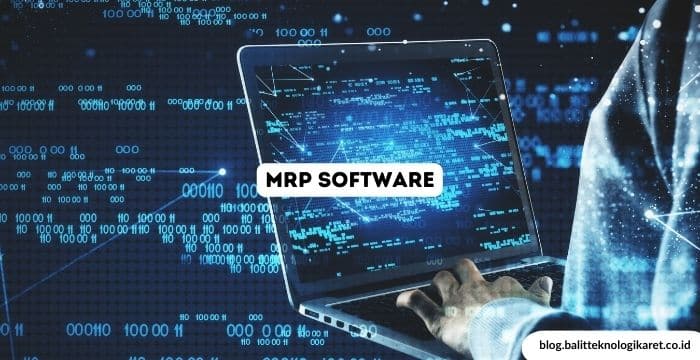In today’s digital landscape, businesses seek ways to simplify processes and maintain competitiveness. Manufacturing Resource Planning (MRP) software has emerged as a favored solution for optimizing business operations, empowering organizations to enhance productivity, minimize production costs, and manage intricate manufacturing processes efficiently.
MRP software, an integral component of Enterprise Resource Planning (ERP) for manufacturing, orchestrates the production journey comprehensively. This sophisticated tool simplifies operations by orchestrating resources, managing inventory, and monitoring delivery dates and production durations, propelling businesses towards a fully automated and centralized approach, thus future-proofing their operations.
What is MRP Software?
MRP software serves as a manufacturing organization’s ERP solution, governing inventory, material management, and lead time tracking. Its comprehensive nature allows precise monitoring of every production aspect, from raw materials to final products. Offering planning and tracking functionalities like sales and operations planning, demand planning, inventory control, production planning, order planning, delivery planning, and quality control, MRP software ensures meticulous management of manufacturing processes.
This software also aids in inventory management and control. Utilizing calculations, it generates accurate estimates, enabling businesses to maintain optimal inventory levels, mitigating the risk of unexpected shortages. Moreover, it tracks material quantities and types used in production, enhancing efficiency in material procurement.
Benefits of Implementing MRP Software
Implementing MRP software yields several advantages:
- Enhanced Operational Efficiency: MRP software streamlines operations, curtails production costs, and boosts efficiency. Accurate production schedules enable businesses to optimize workforce efficiency and trim operating expenses, fostering centralized management of production processes.
- Inventory Optimization: By providing precise inventory tracking and control, MRP software aids in reducing inventory levels and manufacturing costs. Automated notifications about low inventory levels minimize unnecessary inventory purchases, promoting cost savings.
- Improved Organization: MRP software facilitates effective tracking of production and delivery statuses, enhancing organizational efficiency. This leads to better customer communication and reduced time spent on order management.
Challenges of Implementing MRP Software
Despite its benefits, implementing MRP software poses challenges:
- Cost: The cost of acquiring and implementing MRP software can be substantial, ranging from hundreds of thousands to millions of dollars. Organizations must carefully assess their budget constraints and set realistic expectations.
- Training Requirements: Training employees to utilize the software efficiently is crucial. However, this process can be time-consuming and expensive. Inadequate training may hinder the software’s optimal utilization, necessitating comprehensive employee education.
Conclusion
MRP software presents an efficient solution for optimizing business processes, enabling organizations to reduce costs, streamline operations, and enhance quality control and delivery timelines. While implementation may entail significant costs and training investments, MRP software ultimately proves to be a cost-effective tool, empowering businesses to thrive in the digital age. Prospective users should conduct thorough research to select an MRP system aligning with their requirements and objectives, ensuring a successful integration into their operations.
